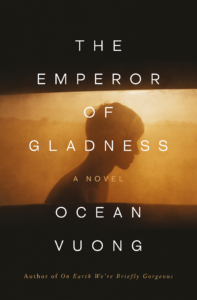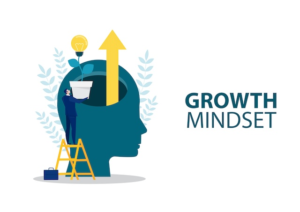Decoding the Human Text: A Deep Dive into “Read People Like a Book”

Understanding Ourselves to Understand Others
In the intricate dance of human interaction, the ability to read people accurately becomes an invaluable skill. Patrick King’s “Read People Like a Book” delves beyond the surface of body language, offering a comprehensive guide to deciphering the complex tapestry of human behavior. The book’s core message lies in the profound truth: understanding ourselves is the key to understanding others. King argues that our biases and blind spots can cloud our perception, and the journey towards becoming a skilled people-reader begins with self-awareness.
Beyond Body Language: Unveiling the Psychology of Behavior
While “Read People Like a Book” acknowledges the importance of body language cues like crossed arms or fidgeting, it goes a step further. It explores the underlying psychology that drives those behaviors. The book delves into personality types, analyzing how our experiences shape our communication styles, motivations, and emotional responses. King equips the reader with the tools to identify dominant personality traits, such as extroversion or agreeableness, and understand how these traits influence interaction. This deeper understanding allows for more nuanced interpretations of non-verbal signals, as a fidgeting introvert might not necessarily be anxious, but simply lost in thought.
The Art of Deception: Lies, Leaks, and the Power of Observation
One of the most intriguing aspects of “Read People Like a Book” is its exploration of deception. King debunks the myth of universal lie detection techniques, emphasizing the importance of considering context and baseline behavior. The book delves into the subtle “leakage” that often occurs when someone is being dishonest, such as micro-expressions or changes in speech patterns. King emphasizes the value of keen observation, encouraging readers to pay attention to inconsistencies between verbal and non-verbal cues to identify potential deception.
Building Rapport and Fostering Connection
“Read People Like a Book” isn’t just about deciphering hidden messages; it’s also about fostering meaningful connections. The book provides frameworks for active listening, mirroring, and open-ended questioning techniques. By understanding the emotional state and personality of the person you’re interacting with, you can tailor your communication style to build rapport and create a sense of trust. This, in turn, allows for more effective communication and stronger interpersonal relationships.
The Power of Perception: Cultivating Empathy and Emotional Intelligence
Ultimately, “Read People Like a Book” encourages the reader to move beyond mere manipulation towards cultivating empathy and emotional intelligence. By understanding the motivations and emotions that drive behavior, we can develop a deeper understanding of ourselves and those around us. This empowers us to navigate social situations with greater confidence, build stronger relationships, and foster a more compassionate and connected world.
A Final Note: A Skill for Life
“Read People Like a Book” serves as a valuable resource for anyone seeking to improve their social interactions. With its blend of scientific knowledge, practical applications, and engaging anecdotes, the book equips readers with the tools to decode the complex language of human behavior. It’s a skill that can benefit all aspects of life, from navigating professional settings to building stronger personal bonds. As King suggests, the more we learn to read people like a book, the richer and more meaningful our interactions with the world around us can become.










